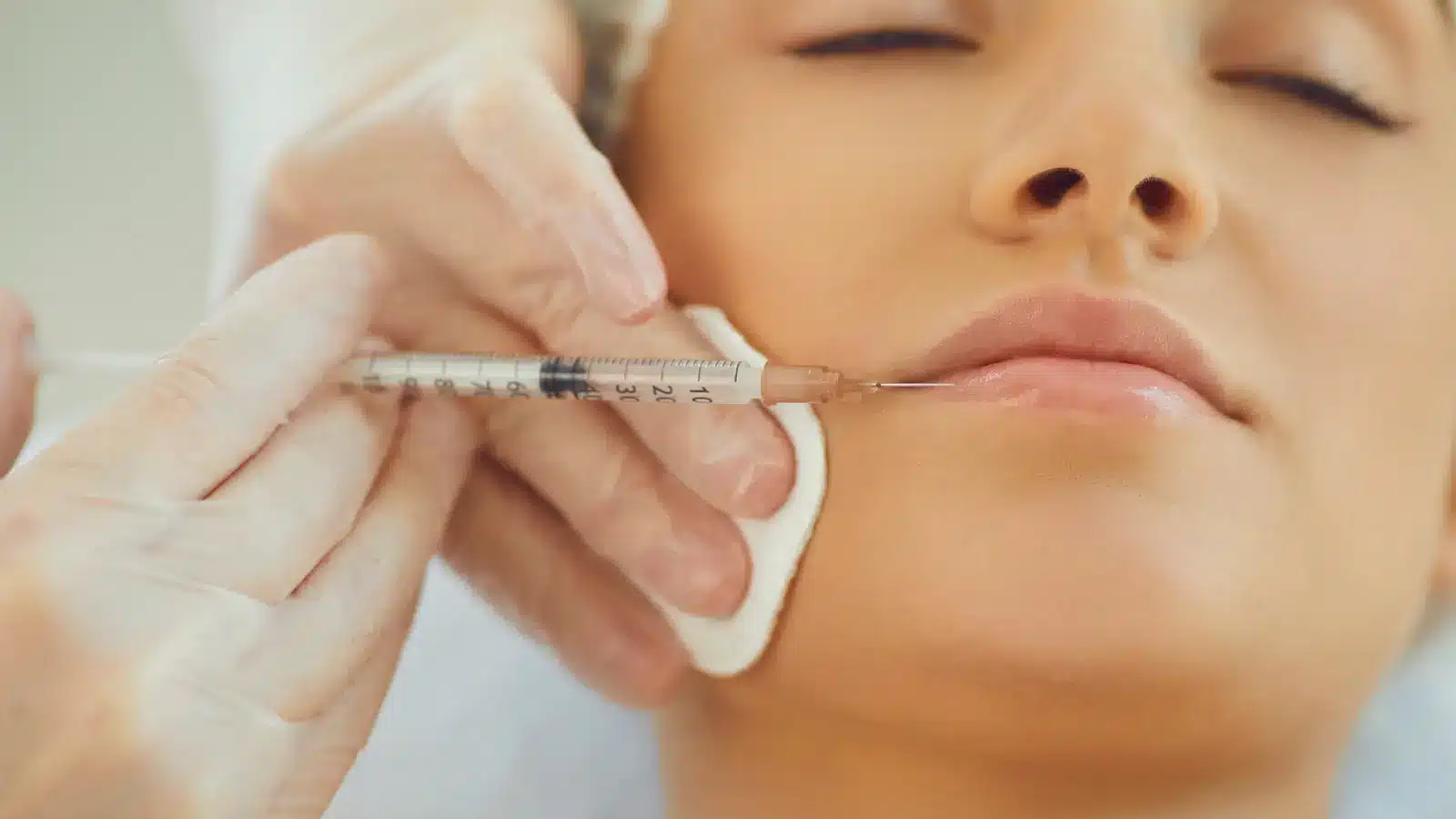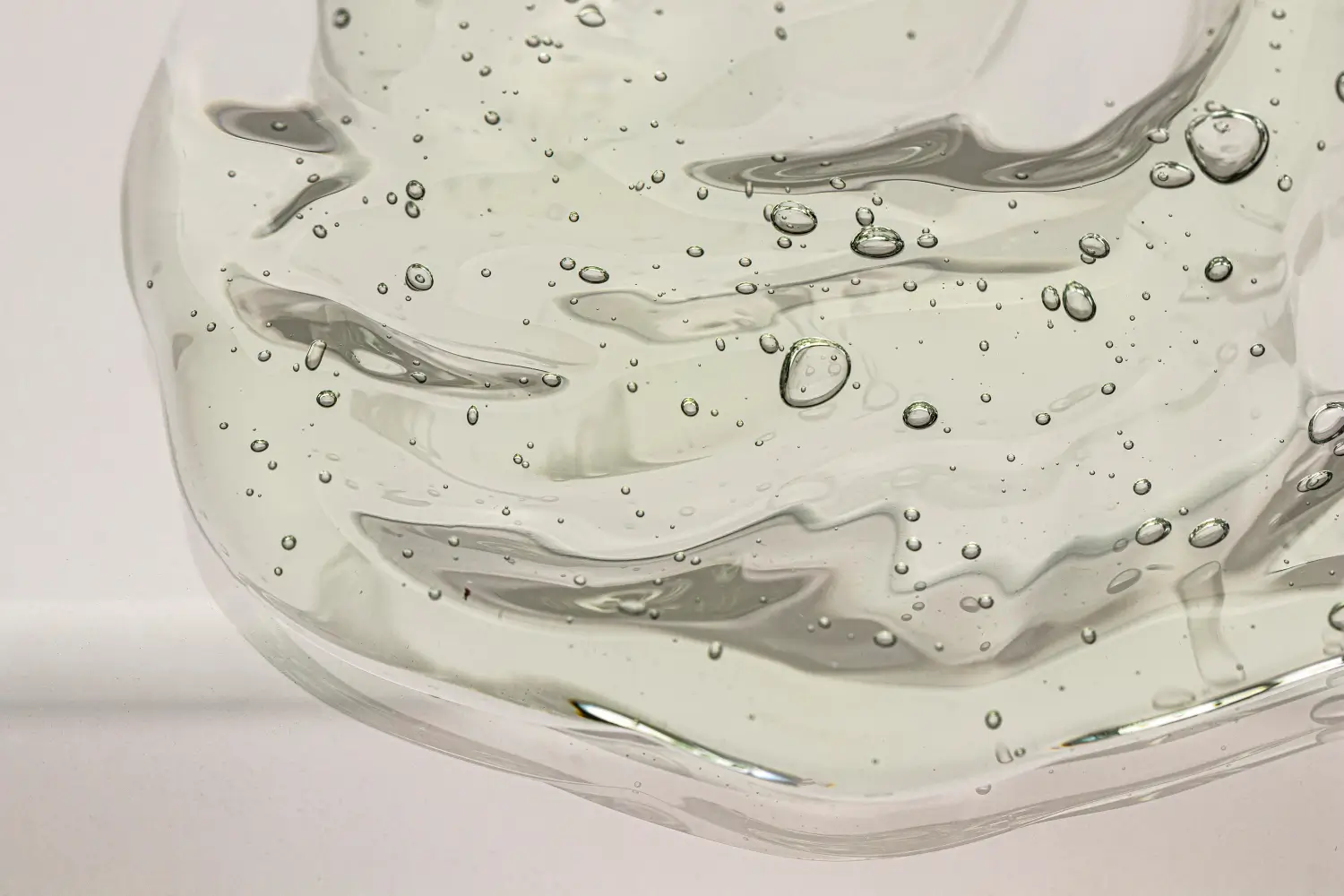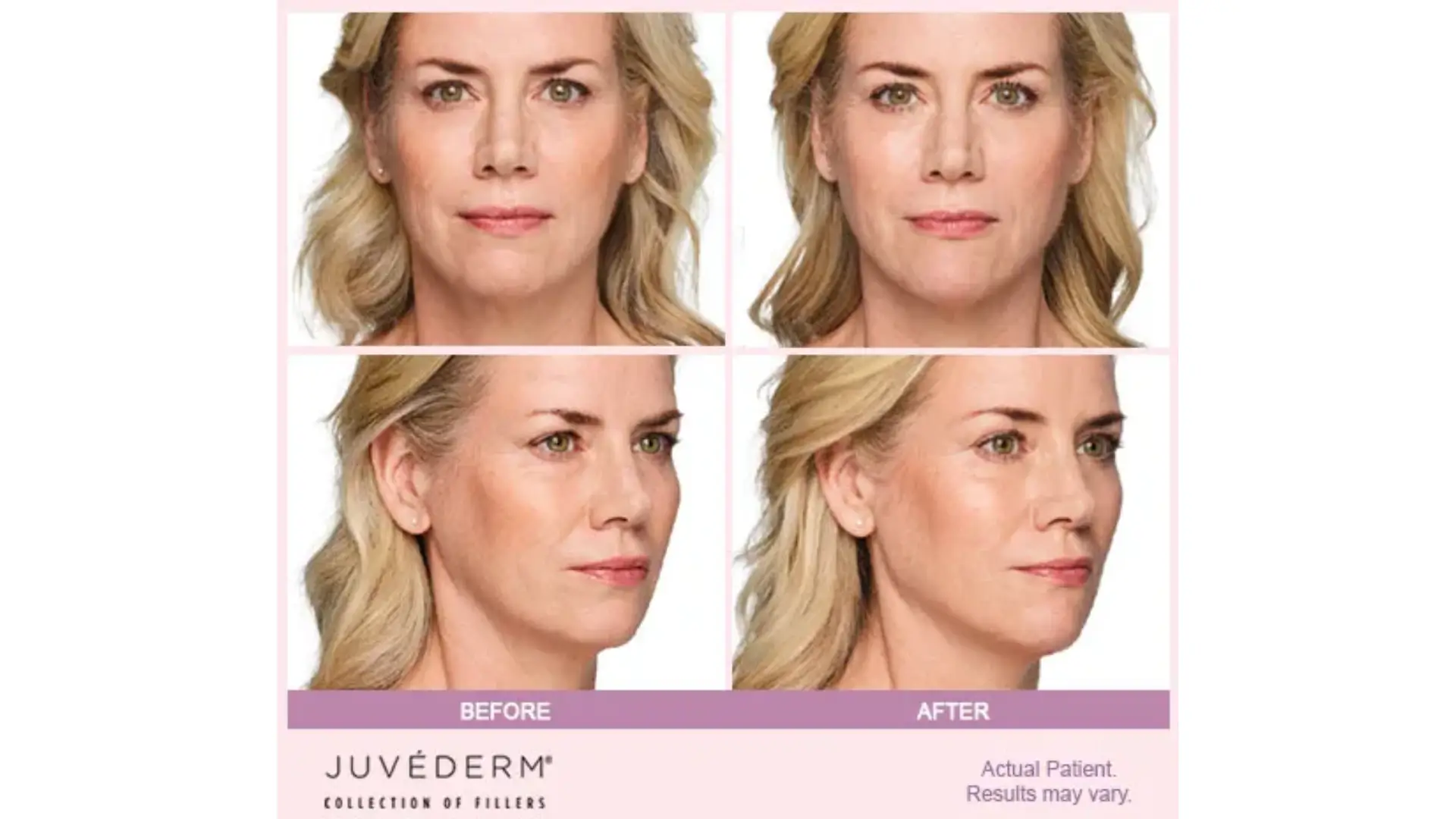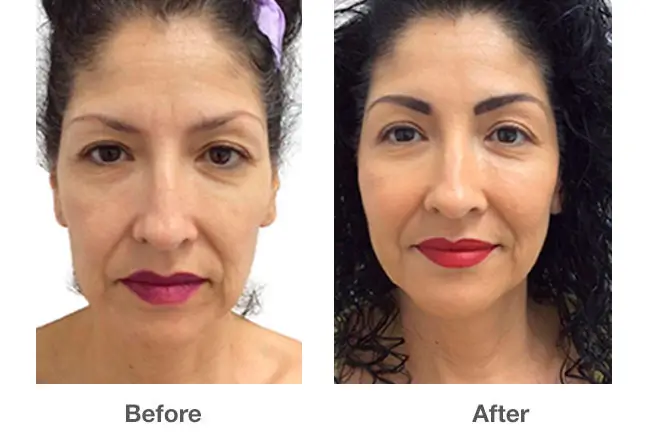
Injectable dermal fillers have become one of the most popular non-surgical cosmetic treatments, with over 5 million procedures performed in the U.S. in 2023, according to the American Society of Plastic Surgeons (ASPS). These treatments provide a minimally invasive solution to restore facial volume, smooth wrinkles, and rejuvenate the skin.
Bellast filler and Juvederm are two leading brands in the dermal filler market, both known for their hyaluronic acid-based formulations. While Juvederm is recognized for its versatility across various facial areas, Bellast filler is often preferred for its smooth texture and natural-looking results, especially in lip enhancement and moderate wrinkle treatments.
In this article, we will compare Bellast filler vs Juvederm, examining their formulations, treatment areas, patient experiences, and longevity to help you decide which is best for your needs.
Key Takeaways
- Bellast filler and Juvederm are leading hyaluronic acid-based dermal fillers that cater to different aesthetic needs.
- Bellast filler is recognized for its affordability, subtle enhancements, and natural results, making it a popular choice for first-time users.
- Juvederm offers long-lasting effects and structural contouring with advanced Vycross Technology, excelling in deep volumizing treatments.
- Longevity varies: Bellast filler lasts 6–12 months, while Juvederm can last 12–24 months, depending on the product and treatment area.
- Both fillers are safe when administered by professionals, with mild and temporary side effects such as redness, swelling, and tenderness.
- Choosing between these fillers depends on factors like budget, treatment goals, and desired longevity of results.
About: Doctor Medica is your trusted supplier of top-quality dermal fillers, viscosupplements, and more for your medical practice. We offer genuine products from leading brands at the lowest prices. Contact Doctor Medica today to order Bellast online for your practice.
Introduction to Bellast Filler and Juvederm

Dermal fillers have revolutionized the world of aesthetic medicine, providing non-surgical solutions for wrinkle reduction, facial volume restoration, and contouring. As the demand for minimally invasive procedures continues to grow, comparing popular fillers like Bellast Filler and Juvederm becomes essential.
Bellast filler, originating from South Korea, and Juvederm, a globally recognized brand by Allergan, cater to diverse aesthetic concerns. Understanding their differences can guide patients and practitioners in making informed choices to achieve the best outcomes.
Formulation and Composition

Bellast filler contains high-purity, cross-linked hyaluronic acid (HA), designed for optimal hydration and biocompatibility. The filler uses a proprietary cross-linking process to enhance elasticity and provide smooth, natural-looking results.
Juvederm also utilizes cross-linked hyaluronic acid, but it stands out with its Vycross Technology, which combines high and low molecular weight HA. This unique formulation ensures smoother integration into the skin and extends the product’s longevity.
Differences in Hyaluronic Acid Concentration
- Bellast Filler: Tends to have moderate HA concentrations, suitable for areas requiring flexibility, such as the lips and superficial wrinkles.
- Juvederm: Often contains higher concentrations in products like Voluma for deeper volumizing effects.
Bellast filler delivers natural, subtle enhancements, while Juvederm is ideal for structural contouring and longer-lasting results. The choice often depends on the patient’s desired outcome and treatment area.
Injection Techniques and Treatment Areas
Bellast is versatile and can be administered using techniques like linear threading and cross-hatching, ensuring even distribution and smooth results. Its medium viscosity allows for precise application in delicate areas.
Meanwhile, Juvederm requires techniques such as serial puncture or microdroplet placement, leveraging its smooth consistency for precise contouring and volumizing in areas like the cheeks or jawline.
Ideal Treatment Areas
- Bellast: Lips, fine lines, superficial wrinkles, and tear troughs
- Juvederm: Deep wrinkles, cheeks, chin, and jawline contouring, and nasolabial folds
Clinical Outcomes and Patient Satisfaction
Bellast filler, developed by Dongkook Pharmaceutical, utilizes hyaluronic acid (HA) in its advanced multi-reticulated gel formulation to effectively reduce moderate to severe wrinkles, folds, and fine lines. This treatment significantly improves skin hydration, firmness, brightness, and elasticity, leading to a smoother and more youthful appearance.
Juvederm is renowned for addressing facial volume loss. The fillers are designed to replenish lost HA, adding volume to areas such as cheeks, lips, and temples. Clinical trials have demonstrated high patient satisfaction, with improvements in facial volume and contour lasting up to a year.
In terms of patient satisfaction with these fillers, patients appreciate the affordability and natural results of Bellast filler, especially for first-time filler users. Meanwhile, Juvederm has consistently high satisfaction rates due to its long-lasting results and smooth integration, making it a trusted choice for structural enhancements.
Comparison of Before and After Results

Image Courtesy of Hedden & Gunn Plastic Surgery
After treatment with Juvederm, the skin appears smoother, with reduced fine lines and wrinkles, giving the face a youthful, refreshed look. Volume is restored, enhancing facial contours and restoring a natural, revitalized appearance.

Image Courtesy of Estrella Aesthetics & Surgical Arts
With Bellast, patients often notice a more even skin tone, improved texture, and softened facial features. Wrinkles are diminished, and the overall appearance is brighter and rejuvenated, offering a natural lift that enhances facial harmony.
Side Effects and Duration of Results
After treatment, patients may experience mild Juvederm or Bellast filler side effects, including redness, swelling, bruising, and tenderness at the injection site. These reactions are generally temporary and resolve within a few days, reflecting the standard recovery process for most dermal fillers.
Duration of Results
- Bellast: Generally lasts 6–12 months, depending on the treatment area and patient factors.
- Juvederm: Its advanced formulation offers results lasting 12–24 months, making it a longer-lasting option.
Juvederm requires fewer touch-ups due to its extended duration, while Bellast filler may require more frequent maintenance for sustained results.
Choosing Between Bellast Filler and Juvederm
Bellast and Juvederm are designed to address different aesthetic needs and goals, offering unique advantages based on patient preferences. Here are some factors to consider when choosing between them:
- Longevity: Juvederm offers extended results, reducing the need for frequent treatments.
- Budget: Bellast filler is more affordable and ideal for cost-conscious patients.
- Treatment Goals: Bellast Filler suits subtle enhancements, while Juvederm excels in structural contouring.
Conclusion
Both Bellast Filler and Juvederm are exceptional dermal fillers, each offering unique benefits tailored to different patient needs. While Bellast Filler provides natural results at a more affordable price, Juvederm delivers long-lasting effects with advanced technology for structural enhancements.
By understanding the distinctions between these fillers, patients and practitioners can make informed choices to achieve their aesthetic goals.
FAQs
1. How do Bellast and Juvederm differ in longevity?
Bellast filler typically lasts 6–12 months. Juvederm, due to its advanced Vycross technology, can last 12-24 months.
2. Are Bellast and Juvederm safe?
Yes, both fillers are safe when administered by qualified professionals. Juvederm has FDA approval in the United States, while Bellast filler meets safety standards in various markets outside the United States.
3. Which one lasts longer – Bellast filler or Juvederm?
The duration of results can vary based on individual factors, but generally speaking, many find that the effects of Juvederm last a bit longer than those from Bellast fillers.
4. Are there any specific risks associated with using either product?
Like all medical treatments, there could be potential risks with both products, products selling, or bruising at injection sites. Discussing these possibilities with a healthcare professional before deciding on treatment is essential.
References
2023 Plastic surgery statistics. American Society of Plastic Surgeons. https://www.plasticsurgery.org/news/plastic-surgery-statistics
Elite Facial Plastic Surgery. (n.d.). Dermal fillers statistics roundup. Retrieved November 27, 2024, from https://www.elitetampa.com/blog/dermal-fillers-statistics-roundup/
DK Pharm. (n.d.). Bellast filler. Retrieved November 27, 2024, from https://www.dkpharm.co.kr/en/m/product/view.php?idx=21
Related Articles
Joanna Carr
Inflectra vs Remicade – Comparing Biosimilars
Explore the differences between Inflectra and Remicade, two infliximab-based treatments. Learn how biosimilars compare in terms of efficacy, safety, a...
Joanna Carr
Monovisc Injection – All About the Treatment
Monovisc injection is a treatment for osteoarthritis knee pain, providing relief by lubricating and cushioning the joint.
Joanna Carr
Powerfill Side Effects
Explore the list of Powerfill side effects, covering potential risks and reactions, to ensure safe and informed treatment decisions.


